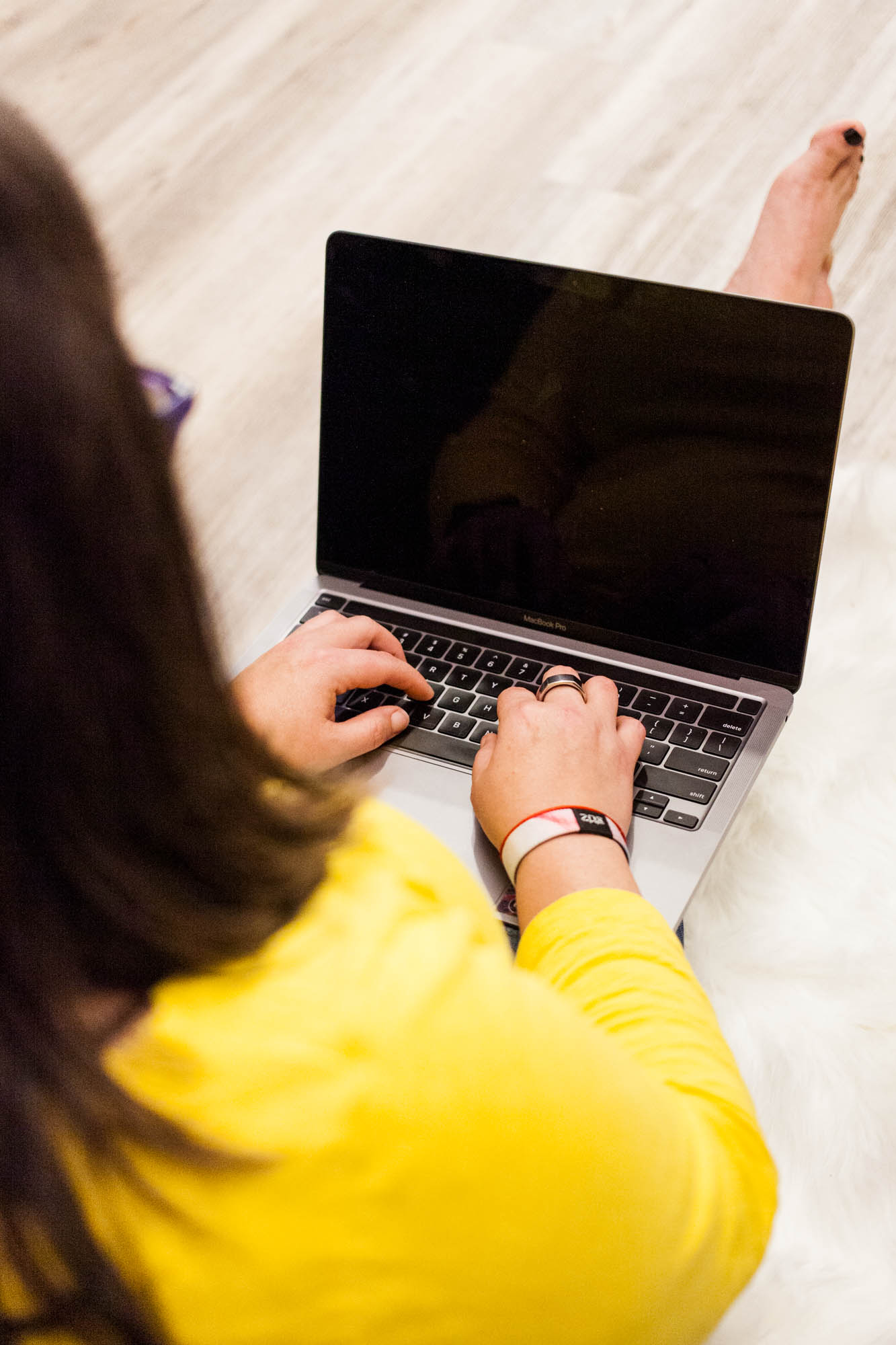Lately, I’ve had a few panic attacks. They’ve scared me… Not going to lie. But because of who I am, I’ve been analyzing them. I want to know why they’re happening. I’ve realized a few things and did what any normal person does… They go to social media to ask their followers.
What My Followers Said About Panic Attacks
I asked my followers about their panic attacks. What triggers them, specifically. Some of my panic attacks have been triggered by things I thought were strange but ended up not being strange at all. Here’s what they shared:
- Crowds
- Certain smells
- Too much noise
- Feeling helpless
- Feeling like you can’t fix something
- Big box retail stores
- Surprises
- Negative vibes
- Physical sickness
- Not eating right or not getting the right nutrients
- Too many people talking at once
- Feeling unprepared
- Being short on time
When I started to read this list, I immediately resonated with a few – crowds, when it’s too loud, people talking over each other, feeling unprepared and being short on time, just to name a few. I bet you’re nodding your head at some of these too. But I noticed something…
No one mentioned anything related to work. This is one of my triggers, big time! It’s not the work itself, it’s a few key attributes.
The first is when everyone comes at you at once. There are times when I arrive to work and within the first hour, I’m bombarded with inquiries. It happens about once a week and even though I know I’ll get through it, I immediately feel tight in the chest.
The other is when all those inquiries coming from 11 different people are all presented to me as a priority. Yes, it might be a priority to that one person, but for me, there’s a first-in, first-out process so sometimes they just need to get in line and wait a bit.
All in all, though, my followers helped me realize that everyone has triggers and they’re all different. With this information, I can move forward to the next step – dealing with them.
Coping Mechanisms for Panic Attacks
Although I didn’t ask my followers how they deal with them, I thought about the ways I deal with mine. There are two methods I use now and one I learned just recently on the Mel Robbins podcast. Each of these help me in different ways but they all do the same thing – reduce the feeling of panic.
Breathing Exercises
Breathing is an autonomic process. It happens automatically but during a panic attack, there are exercises you can try that slow your breathing and get yourself out of the cycle.
The first exercise is Block Breathing. Basically you breathe in, hold your breath, and breathe out for the same count. I use counts of four so I breathe in for four, hold for four and breathe out for four. I love this method because you have to focus on the count and it takes you away from what you’re panicking about.
The other is Weil Breathing or 4-7-8 Breathing. Instead of having your breathe in, hold and breathe out periods be for the same count, you’re changing it up a bit. This time, you breathe in for four, hold for seven and breathe out for eight. When you first try this method, you might feel like you’re in a sense of euphoria… That’s normal. I love this technique because it still takes my mind off the panic, but calms me down almost instantaneously.
Progressive Muscle Relaxation (“PMR”)
Think of stress ball? We’ve all received one at one point in time as a giveaway at a conference or work during Employee Appreciation Week. This is essentially PMR. It’s a method of tensing certain muscles and then allowing them to relax repeatedly. You can do this with any part of your body, but ultimately what it does is refocus your mind to something other than the trigger. It will help relax you and reduce your symptoms fairly quick too. This is another technique that I love.
Five Things
This is a new one for me. It’s the grounding technique I learned on a Mel Robbins podcast episode [of course, I don’t remember which one] but it’s kind of a play off her 5-4-3-2-1. What you do is take a moment and force yourself to be present. You look around you and
- Name 5 things you can see.
- List 4 things you can touch.
- Listen for 3 things you can hear.
- Take in 2 things you can smell.
- Ingest 1 thing you can taste.
Simple, right?! I love this because it uses what you already have – your sense. If you’re missing one of these, come up with a workaround or use the other two methods. This one might not be for everyone, but I love the concept because it anchors you in the present moment.
There are ultimately so many other techniques that work too. If you have one you use regularly, share it in the comments on the post. You’ll not only be sharing your expertise you’ll be helping others at the same time.









